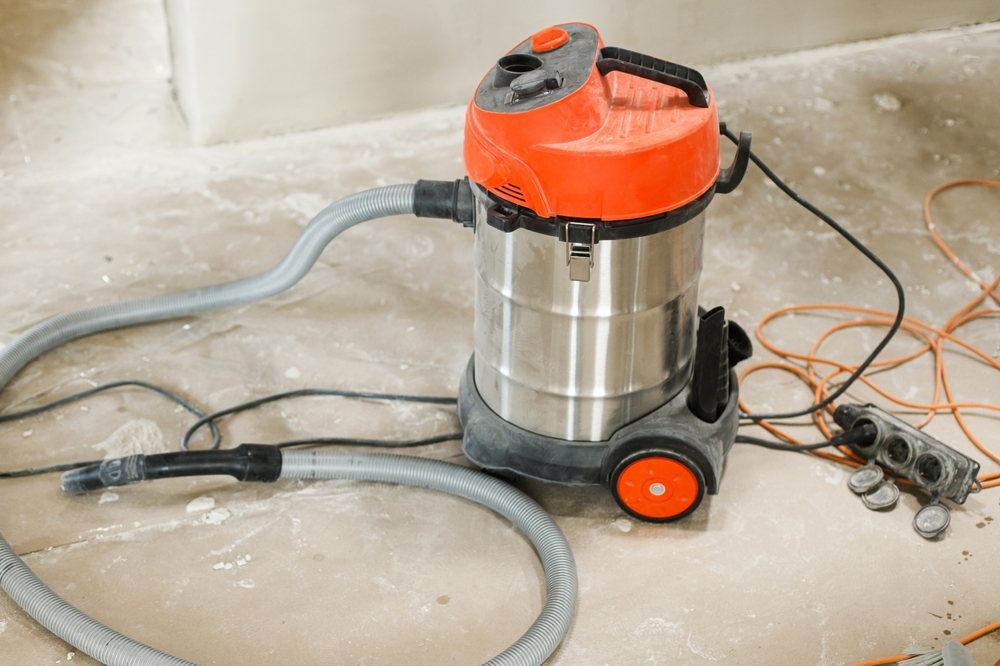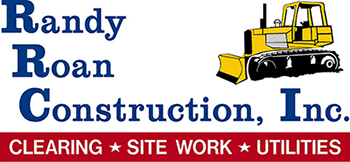
Construction projects in Montgomery, TX, during the sweltering summer months are synonymous with soaring temperatures, bustling crews, and unfortunately, the constant threat of airborne dust. While dust may seem like a minor nuisance, it poses significant environmental, health, and regulatory risks. Failing to implement proper dust control on construction sites can lead to project delays, regulatory fines, and even health hazards for workers and nearby residents. Understanding and implementing robust dust control construction strategies is critical to keeping your site safe, clean, and in compliance with local and federal guidelines. In Montgomery, where urban development continues to expand, mastering these techniques is no longer optional—it’s essential.
The Challenge of Dust on Montgomery Construction Sites
Montgomery, TX, experiences long, dry summers with minimal rainfall and frequent wind gusts. These conditions create an ideal environment for dust to be kicked up and dispersed from construction sites. Whether from earthmoving, demolition, or vehicle movement, dust becomes a persistent issue. On large-scale developments or even small residential builds, construction site dust in TX can quickly escalate, creating visibility issues, triggering respiratory problems, and generating complaints from the community.
Moreover, the clay-rich soil common in Montgomery tends to dry out and pulverize easily under machinery, contributing to a higher volume of particulate matter in the air. Once airborne, this dust can settle on nearby properties, vehicles, vegetation, and water bodies, causing widespread disturbances. This issue is compounded by the proximity of many construction zones to residential areas, making effective dust control construction practices even more critical. Contractors and developers must account for the unique environmental variables in Montgomery to devise site-specific solutions that are effective and sustainable.
Regulatory Compliance: Staying Ahead of the Curve
Beyond the health and environmental implications, dust control is also a legal matter. The Texas Commission on Environmental Quality (TCEQ) and the Environmental Protection Agency (EPA) impose strict construction site dust control regulations, especially in populated areas like Montgomery, TX. These agencies mandate that contractors take reasonable steps to limit fugitive dust emissions that may cross property lines or contribute to air quality degradation.
Failing to comply with these dust control regulations can lead to fines, stop-work orders, and even long-term project shutdowns. In some cases, it can damage a contractor’s reputation and result in losing future bids. This is why knowing how to manage dust on construction sites in Montgomery, Texas summer is more than a technical skill—it’s a regulatory necessity. Site managers must develop comprehensive dust mitigation plans as part of their Stormwater Pollution Prevention Plans (SWPPP), and ensure that the strategies are implemented, monitored, and adjusted as needed throughout the project lifecycle.
Additionally, permitting agencies now require documentation of dust control methods during project inspections. As part of best practices, teams must keep detailed records of mitigation efforts, weather conditions, and maintenance activities. Utilizing dust control logs and compliance checklists can make a significant difference in proving due diligence during regulatory reviews.
Effective Dust Control Techniques for Summer Construction
The summer months intensify the dust challenge due to higher evaporation rates and drier soil. That’s why adopting the best dust suppression methods for construction in Montgomery, TX is essential during this season. While there is no one-size-fits-all solution, a combination of physical barriers, chemical treatments, and procedural changes usually yields the best results.
Watering is the most traditional and frequently used technique. Regular application of water keeps the soil moist, preventing dust from becoming airborne. However, water trucks must be used efficiently to avoid runoff, especially during the hottest part of the day when evaporation is highest. Overwatering not only wastes resources but can also lead to soil erosion and site instability. For larger or high-traffic areas, incorporating soil stabilizers or dust palliatives—such as calcium chloride or lignosulfonates—can offer longer-lasting results by binding soil particles together.
Vegetative cover, such as hydroseeding or temporary grasses, is another effective method, especially for inactive areas of the site. This not only reduces dust but also enhances the site’s overall aesthetics and environmental compliance. Additionally, gravel or geotextile pads placed at entry and exit points can reduce the amount of mud and dust tracked onto public roads, minimizing offsite impacts.
Implementing vehicle speed limits and rerouting traffic patterns can also dramatically cut down dust emissions. Slower vehicle movement reduces the force that lifts dust from the ground. In some cases, using paved access roads or dust control mats may be warranted to maintain a cleaner and safer environment.
Creating a Site-Specific Dust Management Plan
Effective dust control starts with planning. A tailored dust management strategy should be developed during the pre-construction phase and updated regularly as site conditions evolve. When considering how to manage dust on construction sites, Montgomery, Texas summer variables must be a primary focus. Temperature, humidity, soil type, and wind patterns all play a role in shaping the right approach.
A good dust control plan includes identifying dust-generating activities, specifying mitigation measures for each, assigning responsibility for implementation, and outlining a monitoring process. For example, site supervisors can use weather forecasts and on-site sensors to predict high-risk days for dust and proactively increase suppression efforts. Training workers on the importance of dust control and how to operate suppression equipment ensures better execution across the team.
A communication plan should also be in place, especially for urban or suburban sites. Keeping neighbors informed of project timelines, dust control efforts, and contact points for complaints can improve community relations and reduce conflict. Additionally, having emergency procedures for unexpected dust events—such as sudden windstorms—ensures your site is always prepared.
Sustainable Dust Control: Thinking Long Term
With the growing emphasis on sustainable construction, integrating environmentally responsible dust suppression methods is becoming more important. In Montgomery, TX, where conservation and compliance go hand-in-hand, contractors should aim for long-term solutions that balance cost, effectiveness, and environmental impact.
Instead of relying solely on water, which can be resource-intensive, contractors are increasingly turning to eco-friendly dust palliatives that last longer and require fewer applications. Some products are biodegradable and non-toxic, posing minimal risk to plant and animal life. These are particularly beneficial for projects near protected wetlands, public parks, or residential zones.
Innovative technologies, such as automated dust monitoring systems and drone-based inspections, are also transforming how contractors approach dust control construction. These systems provide real-time feedback on particulate levels and help identify problem areas quickly. By integrating these tools into their workflow, construction managers can make data-driven decisions that improve air quality and regulatory compliance.
In the long run, investing in better dust control not only enhances safety and compliance but also boosts productivity. Cleaner sites mean better visibility, less equipment wear, and fewer worker health issues. It also builds trust with clients, regulators, and the community—positioning your construction firm as a responsible and forward-thinking partner.
Conclusion
Montgomery’s booming development and challenging summer climate make dust control a pressing concern for every construction site. From regulatory obligations to operational efficiency and community goodwill, the need for comprehensive dust suppression is clear. Understanding the local climate, applying the best dust suppression methods for construction in Montgomery, TX, and developing an adaptive management plan are all key components of success.
Whether you’re preparing a new build or navigating peak summer operations, don’t let dust derail your progress. Proactively managing construction site dust in TX not only keeps you compliant—it keeps your crews safe, your neighbors happy, and your project on track. Prioritize dust control this summer, and your Montgomery construction site will stand as a model of safety, sustainability, and smart project management.
Need Construction Preparation & Services in Montgomery, TX?
At Randy Roan Construction Inc., we work hard to ensure our quality work is done in a timely manner. We provide services such as land clearings, site utilities, and asphalt paving along with many other services. We guarantee your customer satisfaction with our work here at Randy Roan Construction Inc. So give us a call today!

